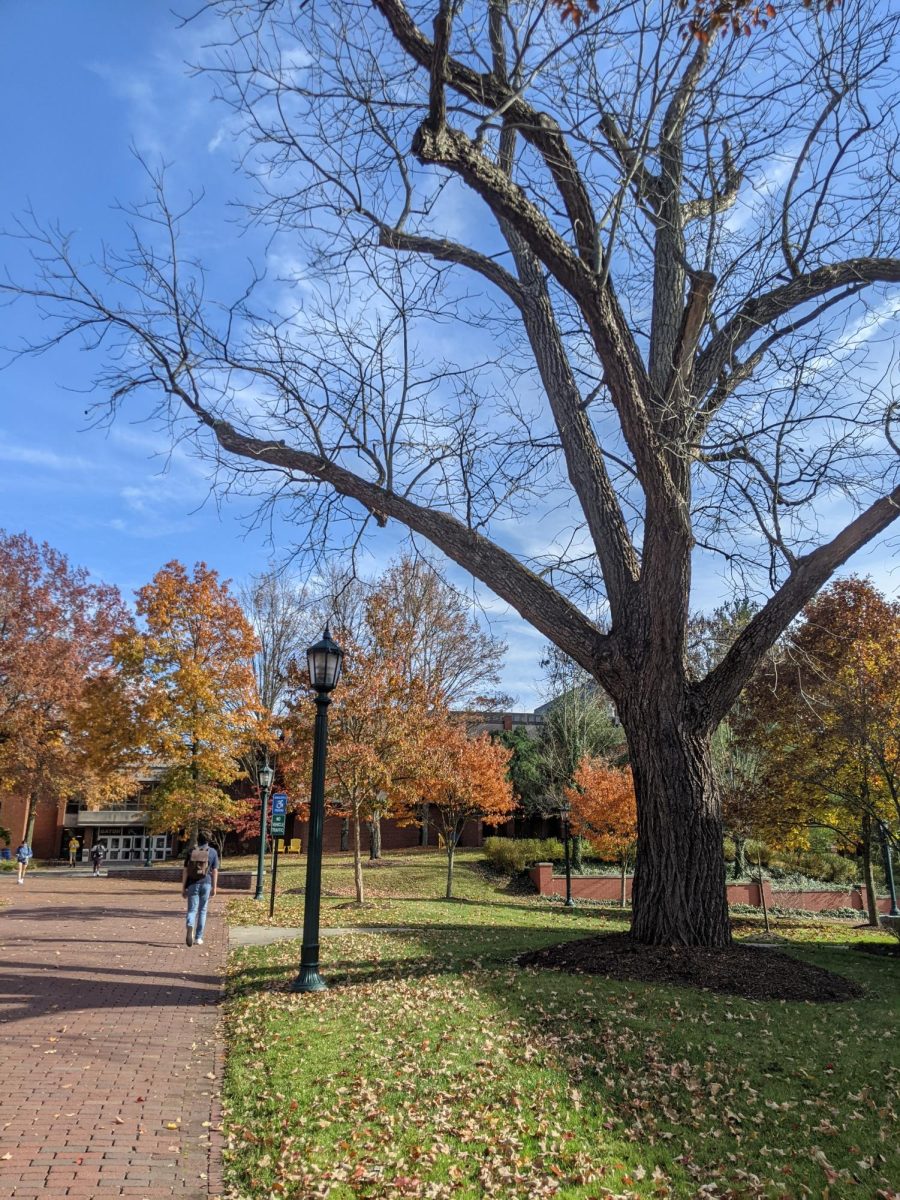By Amanda Spadaro
Science Editor
Google, coupled with the World Resources Institute and other organizations to establish a website that allows users to track the levels of deforestation that are occurring across the world. Global Forest Watch, hosted at globalforestwatch.org, displays deforestation data from 2000 to allow users to look at deforestation within a specific time period or location. In addition, the website is updated every month, allowing for an almost real-time tracking of deforestation loss. The site informs users of the 229.8 million hectacre loss of tree cover between 2000 to 2012. This is poorly counteracted by the 80.6 million hectacres of tree cover that was gained in those same 12 years. The site also allows users to track losses and gains, even identifying “biodiversity hotspots” and protected areas. The site hopes to serve as an “alert system” for deforestation so that it may “[empower] people everywhere to better manage forests.”
With the demand for renewable, clean sources of energy ever increasing, scientists from Arizona State University and the Argonne National Laboratory in Chicago have devised an artificial “leaf” that is designed for renewable hydrogen production. The leaf channels solar energy to produce hydrogen and oxygen in a clean and cost-efficient manner. The system ultimately takes inspiration from the natural plant process of photosynthesis, which uses an electron transport system to convert carbon dioxide to oxygen. This system, though, derives hydrogen energy from water by harnessing solar energy which is transferred to chemical energy. This chemical energy then results in hydrogen and oxygen, the two elements that make up water. Hydrogen energy can be a vastly efficient form of power and it can be used for transportation fuel such as in combustion engines. Because the only byproduct is water, the process is quite clean, producing no greenhouse gases or air pollutants. In addition, this energy can be produced renewably in the United States: “[Hydrogen] is an environmentally friendly fuel that has the potential to reduce our dependence on imported oil,” according to the U.S. Department of Energy.
A new designer drug, acetyl fentanyl, has recently resulted in three known deaths in North Carolina. Acetyl fentanyl can be brought individually or within samples of laced heroin, making it even more deadly because it is five times stronger than heroin. The drug is so potent that it is often difficult to detect through laboratory testing of bodily fluids; such a small dose can still be fatal. This drug is devised from fentanyl, a pain-killing opiate used to treat cancer, being 100 times stronger than morphine, the acetyl form also confers similar side effects as heroin. Becaause two deaths occurred in Rhode Island in May of 2013, the Centers for Disease Control and Prevention informed law officials and health care professionals in June 2013 to be aware of the new drug’s danger and increasing prevalence. However, because the three deaths in North Carolina were not geographically close, there is fear of further spread of this designer drug in the southeast. Emergency care departments have been counseled to carry naloxone, the antidote for opioid overdose. However, because fentanyl is legal in the United States, acetyl fentanyl is not listed as an illegal drug, but it does take considerably more significant knowledge of organic chemistry, including expensive lab equipment.





